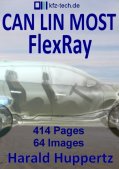|
|
|||||||||
| |||||||||
|
|
A B C D E F G H I J K L M N O P Q R S T U V W X Y Z
Aston Martin Lagonda 2001-2014 Copyright programs, texts, animations, pictures: H. Huppertz - Email Translator: Don Leslie - Email: lesdon@t-online.de |
 | |||||||
|
|
|||||||||
| |||||||||
|
|
A B C D E F G H I J K L M N O P Q R S T U V W X Y Z
Aston Martin Lagonda 2001-2014 Copyright programs, texts, animations, pictures: H. Huppertz - Email Translator: Don Leslie - Email: lesdon@t-online.de |
 | |||||||